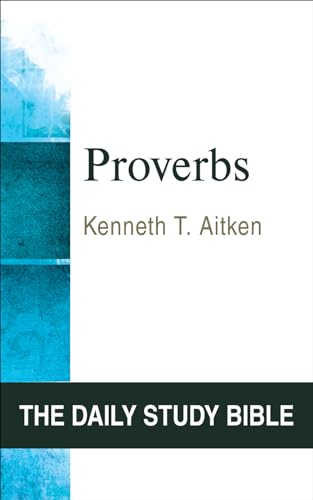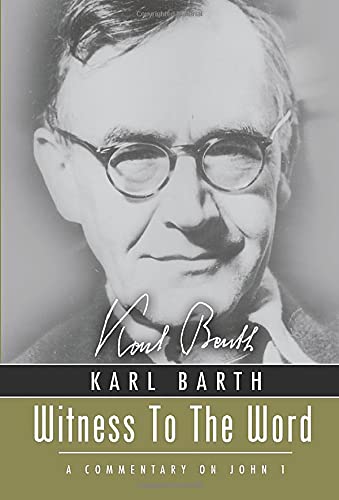This addition to the series of OT Guides is a wide-ranging introduction to a popular prophet, and says much that is useful as an introduction to OT prophets in general. Auld resists the temptation to begin in the usual way, with the historical background of the 8th century bc and social conditions in the northern kingdom. Instead he begins by discussing Amos himself. How should we describe Amos? As a visionary? (The first-person reports in the final third of the book recount five versions, and ‘seer’ is the title given to Amos by Amaziah in 7:12; cf. also 1:1.) As a prophet? (Amos’s own words in 7:14 make this label problematical if, as Auld argues, they should be translated in the present tense: ‘I am not a prophet’.)
Auld’s reason for approaching Amos via these fundamental questions is stated in his Introduction: ‘… Much reading of the Bible’s prophetic literature is prejudiced since readers know in advance what a prophet or visionary really is—but are wrong. The best way to combat this … is to make a detailed scrutiny of those very passages in Amos which report visions or talk about prophesying.’ The result is that Auld’s first three chapters are devoted to such a scrutiny, perhaps in more detail than many would expect or look for in a brief introductory volume such as this. Indeed, some students may find this material rather hard work for an exploratory foray into OT prophecy. However, there is no denying the importance of the questions raised (though not all will agree with Auld’s answers, some of which are held over until the last chapter).
The fourth chapter looks at 1:3–2:16, the oracles against Israel’s neighbours, culminating in Amos’s indictment of Israel herself. A range of scholarly opinions on the authenticity of individual oracles, and the unity of the whole section, is reviewed. Literary issues bulk large in this chapter, and indeed in the previous three, but are the special focus of ch. 5. A discussion of the structure of 5:1–17 is broadened to a discussion of the literary structure of the book as a whole. Not surprisingly, this is the least conclusive chapter of the book.
Ch. 6 tackles ‘Social and Religious Critique’ in the book of Amos, briefly analysing texts which focus on these two areas. Auld reminds his readers, however, that social misdemeanours and the unacceptability of the cult were not separate compartments for Amos, but were closely linked. Short but useful sections are included on the light supplied by the social sciences and archaeology, and the chapter ends with a discussion of the Hebrew terms for ‘poverty’, ‘justice’ and ‘righteousness’.
The seventh and last chapter considers ‘The Message of Amos’. This is partly a drawing together of previous lines of enquiry, but it also explores new material, such as the doxologies and the relationship between ‘religion’ and ‘cult’. Although useful things are said here, this is the least satisfactory chapter. One wishes a few more answers had been suggested to questions raised previously. The treatment of the ‘Hope at the End’ (9:11–15) is particularly weak—only three-quarters of a page on these verses and their relationship to the rest of the book. Yet they are surely crucial to understanding the overall message and theology of the book, regardless of whether one regards them as authentic words of Amos or not. (Auld apparently sees them as ‘post-exilic mitigation’ [p. 83] of the foregoing message, though he does not spell out his own position clearly on this, or on various other issues.)
My major criticism of this OT Guide is that it tackles too much in too much detail for most students embarking on the study of Amos. One loses sight of the overall message and theological contribution of the book without fully recovering it at the end. The discussion of critical issues also seems somewhat uneven. Compare, for example, the too-brief discussion of 9:11–15 with the fairly lengthy treatment of 7:10–17 (which Auld argues is a late addition to the text). The important ‘day of Yahweh’ passage (5:18f.) also receives scant attention.
My references to Auld’s exclusion of 7:10–17 and 9:11–15 from the authentic words of Amos may suggest that evangelical students will find this OT Guide uncongenial. To be fair, however, Auld’s treatment of critical issues is generally a balanced one. He usually presents both sides of an argument fairly, and sometimes defends the authenticity of verses which other scholars have relegated to a late phase in the growth of the book (e.g. 5:14–15). In most cases Auld attempts no more than an introduction to scholarly debate, and his suggestions for further reading will help students to follow issues through and assess the arguments for themselves.
Indeed, a great strength of Auld’s book is its extremely useful sections on ‘Further Reading’ at the end of each chapter. Books and articles are not simply listed, but their stance and conclusions are usually indicated and specific pages are often recommended within a longer treatment. The student is thus introduced to a very wide range of literature (including some in German and French) in the most helpful way. If there is a risk that this OT Guide will make the study of Amos seem daunting and beset by insoluble questions, it undoubtedly provides a valuable set of signposts for the further exploration of important territory.
John J. Bimson
Trinity College, Bristol







